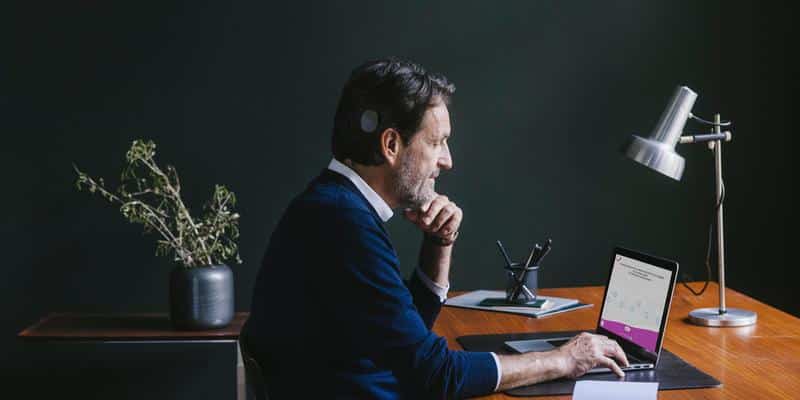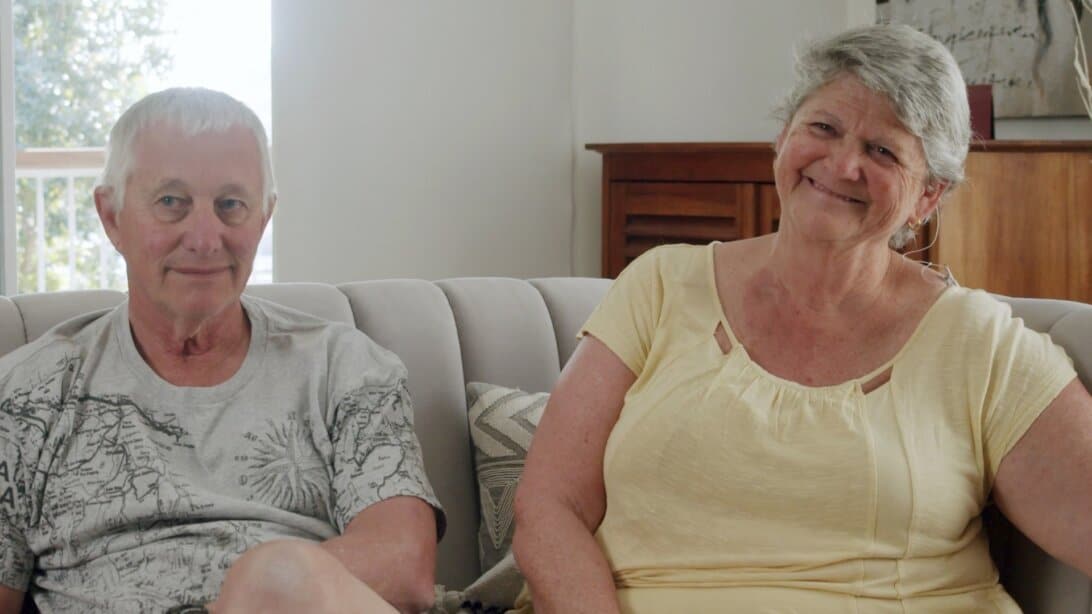
It’s official. Music training helps you get the most out of your cochlear implant. And we’re not just talking about music enjoyment. Music training can help you understand conversations in noisy environments, increase your listening skills, and even tune into emotions. But how can you get started with it?

.png)




